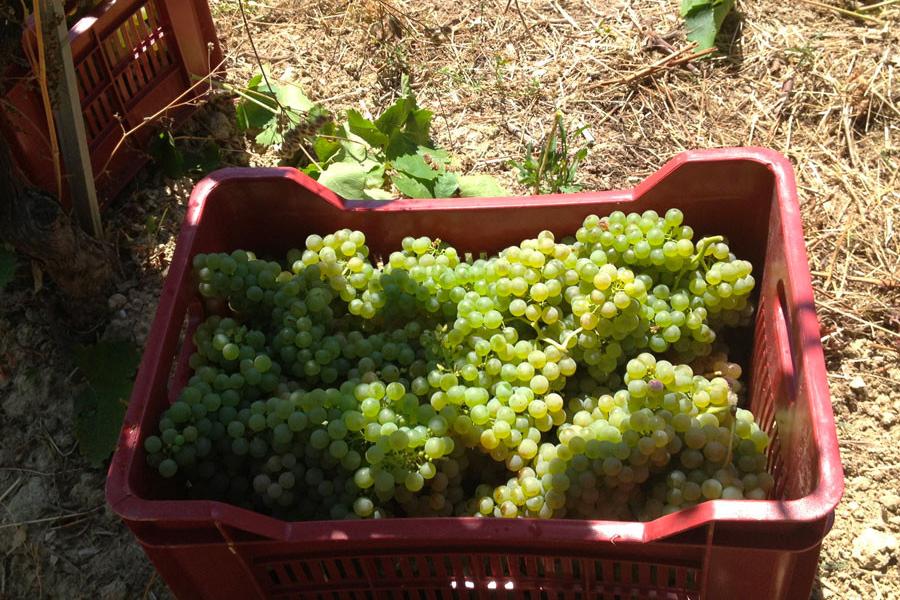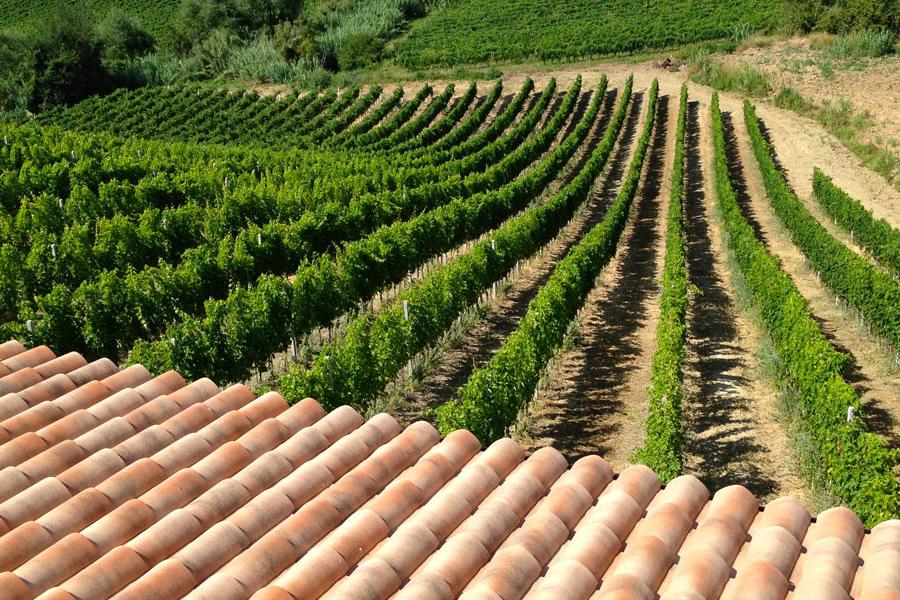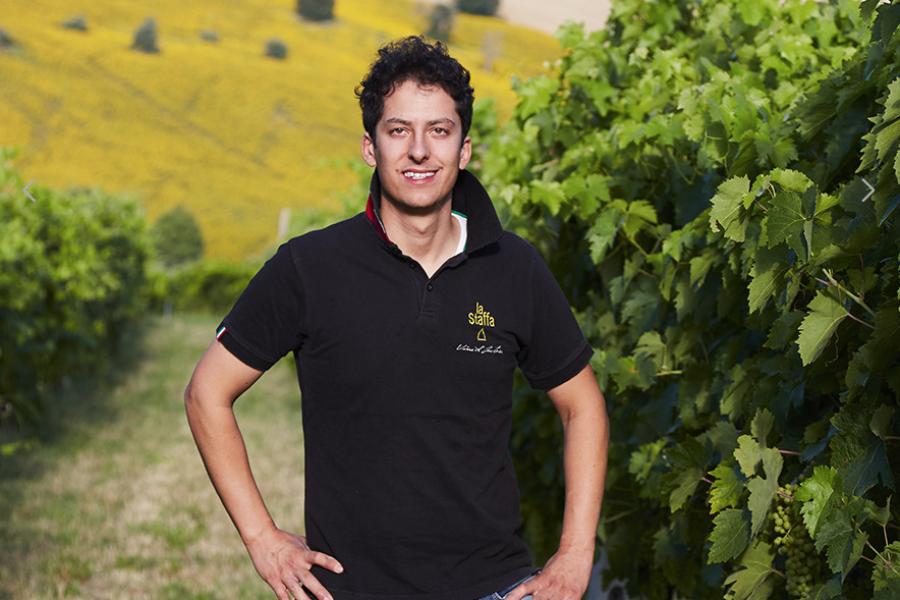Cliccando sul pulsante "Accetta tutti i cookie": l’utente accetta di memorizzare tutti i cookie sul suo dispositivo.
Cliccando su "Impostazioni cookie": l’utente sceglie le tipologie di cookie che saranno memorizzate nel suo dispositivo.
with a strong territorial identity.
A hand-made wine from start to finish, always choosing the best path, without shortcuts, the only way to preserve the territory and unleash all its potential, different and evolving year after year.


Riccardo's father has always been a trader in household appliances, but he was born in the countryside and has never lost his passion for the vineyard.
So, in 2004, he decided to take the plunge by buying a farmhouse with two hectares of vineyards.
In 2009, his father leaves him the command and Riccardo officially becomes the owner of the La Staffa company.
A handmade wine from start to finish, always choosing the best way, without shortcuts, the only way to preserve the territory and release all its potential, different and evolving year after year.




At the heart of the production is the Verdicchio dei Castelli di Jesi, in the Classico Superiore and Riserva versions.
«La Rincrocca, in particular, is a selection from an old vineyard with the best exposure in Contrada Castellaretta, which ferments and matures in concrete».
The height of the vineyards varies between 400 and 500 meters, the exposure varies according to the individual vineyards, a marked temperature range affects the entire area.
The predominantly clayey and calcareous soil, rich in calcium carbonate, characterizes the wines of the area, capable of distinguishing themselves for an elegant savory soul.
The Municipality of Staffolo is nicknamed the “Balcony of the Vallesina” due to the splendid panorama dotted with rows of grapes that can be admired from the walls of the medieval village.
La Staffa is one of the farms involved in the VITIS project - Intelligent and Sustainable Viticulture. The aim of the project is to introduce technological innovation in the organic and low-impact wine sector.
How? Through the development of a prototype system for the dynamic detection of weather data, vegetation parameters of environmental conditions, vegetative vigor and water and nutritional status of the vine cultivation.